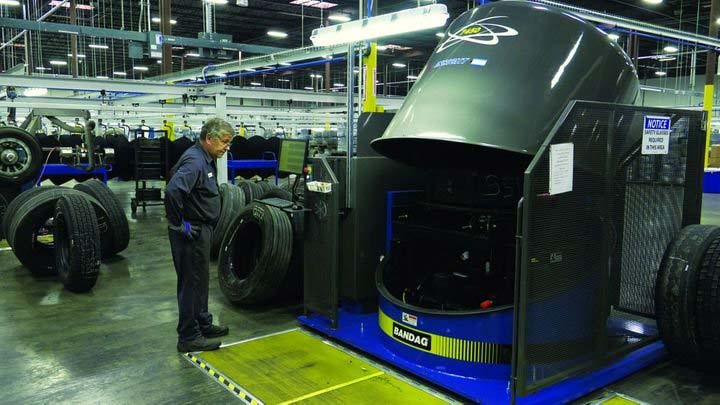
Tires & wheels are critical to truck safety. If the tire pressures are wrong, the truck will handle poorly and consume more fuel. If there’s a blowout, it can damage the surrounding equipment and make the truck hard to control. Managing truck tires across a fleet when they’re in the shop is difficult enough. Every vehicle has at least four tires, and fleet managers have to contend with different sizes, treads, and compounds to fit a range of loads and operating environments. Once those vehicles are out on the road, you need to get your drivers to take care of them.
Improvements in retreading technology and new monitoring equipment, like TPMS, make trucks safer. However, inspections are still critical to maintaining truck tires. It’s easy to be lax about inspecting tires & wheels when you hear the same advice repeatedly. After all, while the tires have changed, their care hasn’t. Sometimes, drivers may feel that they can skip a pre-trip inspection if they just did a post-trip inspection, or they may ignore tire pressures if it means they can get on and off the road faster.
These strategies can help you bring your team back into complying with their maintenance schedules:
1. Change the message: Try to spice things up a bit by changing the wording in newsletters and adding exciting facts, figures, and photos on tires & wheels. You can also try handing out a separate flyer on tire safety to get your drivers’ attention.
2. Make tire care engaging: While a cash bonus is excellent, a little recognition can go a long way, too. This should be as simple as calling out drivers who are going the extra mile to check their truck tires.
3. Get your drivers involved: It’s easy to ignore maintenance if you have a shop that handles everything for you. Find ways to make drivers part of that maintenance, and they’ll be encouraged to do proper safety checks on the road. Drivers are more likely to comply when they see how inspections reduce costs and downtime.



